A great time of year
With winter in full swing across the North Country, it is not only time to step into skis and to strap on snowshoes, it is also time to head to the Champlain Valley in search of birds. While the valley offers good birding all year round, winter can be excellent for a number of sought-after species, making winter trips a must.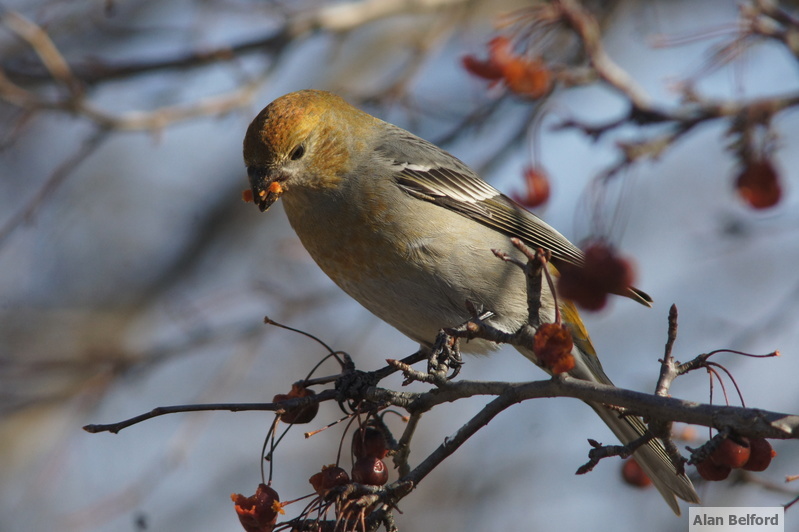
And so we birders head out questing for raptors like Rough-legged Hawks, waterfowl like Tufted Duck and Barrow’s Goldeneye, field birds like Snow Buntings and Lapland Longspurs, species like Bohemian Waxwing and Pine Grosbeak, and both Iceland and Glaucous Gulls — to name a few. Since many of these species are flung across a wide area, it generally takes both time and patience to find them, and birders must sometimes first find flocks of more common species, the ranks of which may hide (or attract) these specialties. Here are a few tips and ideas for finding some of these birds.
Waterfowl — including Tufted Duck and Barrow’s Goldeneye
No group of birds defines birding in the Champlain Valley more than waterfowl. Numbers of waterfowl swell through the fall as they move south, and then grow again during late winter and early spring as they push back north again. In the meantime many birds linger throughout the winter, flocking in rafts offshore where open water can be found.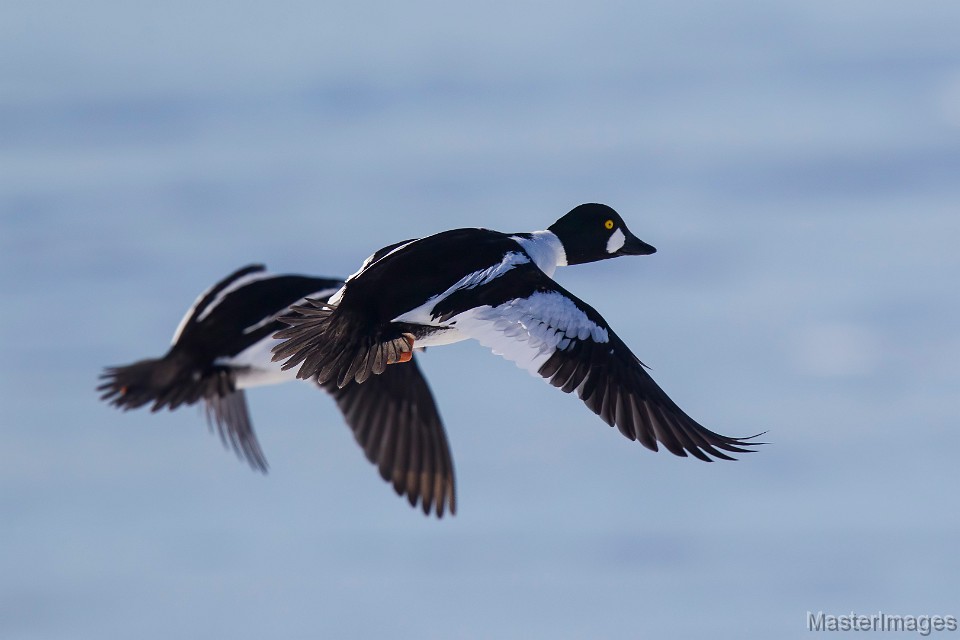
This latter point is important because finding where the ice edge lies often determines how successful any waterfowl venture will be. As the ice advances during the winter it scoops up the birds and begins to concentrate them for easier viewing. Alternatively, cold snaps can also send some birds further south, where they can earn an easier living elsewhere. It’s hard to predict for certain what specific conditions will bring, but finding the ice edge is paramount.
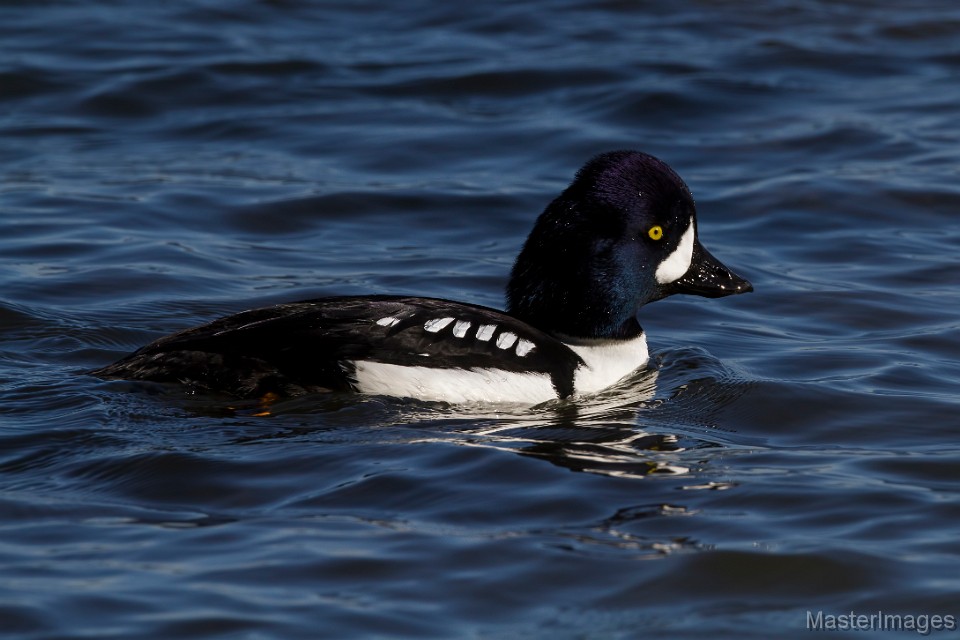
The viewing is often great when the ice edge is near Crown Point and the Crown Point Bridge, since there are many access points from which to see the birds. Other places for these great views include Chimney Point in Vermont and the view of Bulwagga Bay from Port Henry. There was a large flock of waterfowl in that area for a couple weeks after the New Year, which also included both a drake Tufted Duck and a few Barrow’s Goldeneye — the two most sought after ducks the valley generally offers. A cold snap pushed the ice edge north of Port Henry making access to see it difficult, but as more cold weather moves in the ice will reach Westport and the public access points there, like the boat launch and the area around Hoisington Brook and the marina.
As the ice forms and shifts the flocks around, it is often a good idea to check out such wide areas of the lake which freeze last, places like Ausable Point, Port Kent, Noblewood Park, and Westport all come to mind. This approach helped me when I found two drake Barrow’s Goldeneye in a large flock of ducks a couple weeks ago in Port Kent on Lake Champlain across the street from Wickham Marsh Wildlife Management Area.
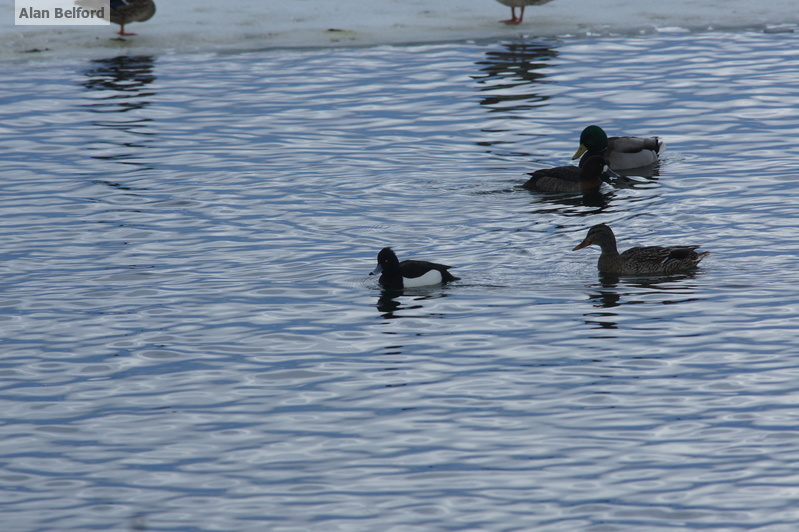
And, should the winter begin to freeze the entire lake, birders shouldn’t give up on finding goodies on the remaining open water. Any dock bubbler which keeps the water open will attract birds, and a frozen lake will mean that both the Cumberland Head and Essex Ferry Terminals can be packed with ducks, the concentration of which may warrant trips back and forth on the ferry as foot passengers. The bottom line is that regardless of whether the lake is wide open or closed tightly, it always offers waterfowl and specialty species like Tufted Duck and Barrow’s Goldeneye are real possibilities.
Iceland and Glaucous Gulls
While the St. Lawrence Valley is generally considered better for odd species of gulls, the Champlain Valley can still be quite good, particularly when winter cold fronts from the north push birds south into our region. As with waterfowl, finding the ice edge can be important, as gulls will often roost up along it in numbers giving birders a chance to page through the flocks in search of less common quarry. Other locations, even if iced in, are often worth a look since the gulls fly back and forth from regular roosts to open water to feed. This may mean that early morning and afternoon are best for finding them since they are often busy feeding the rest of the day on the open waters of the lake, where they are often out of view.
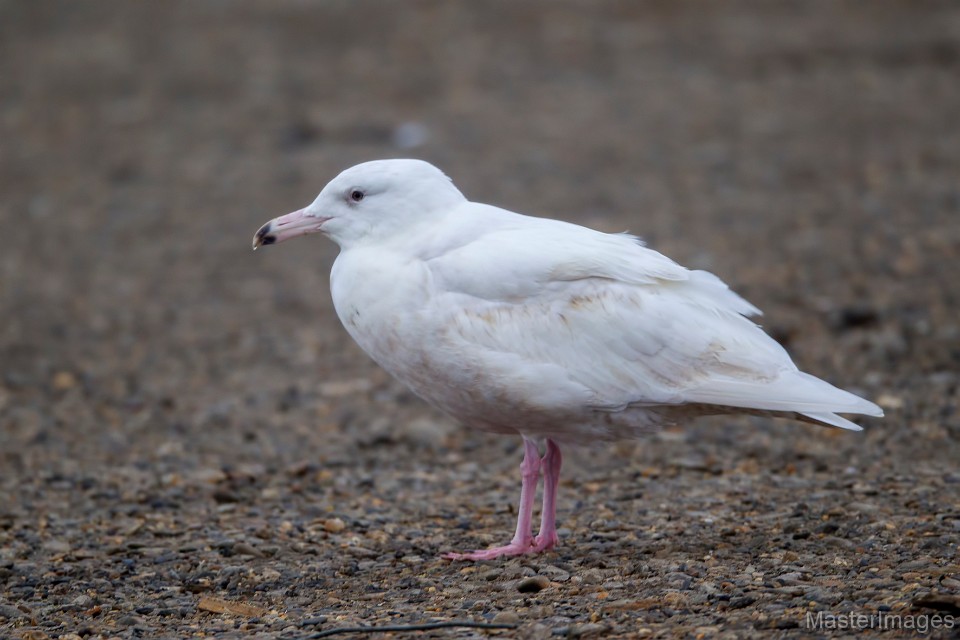
Some of the best places to check are the area around the Cumberland Head Ferry, the mouth of the Saranac River in Plattsburgh (where I found three Iceland Gulls a couple weeks ago), the sand spit at Noblewood Park, the Hoisington Brook sand spit in Westport, and the Port Henry Pier, as well as a few points along the Vermont side of the lake not far from the Crown Point Bridge.
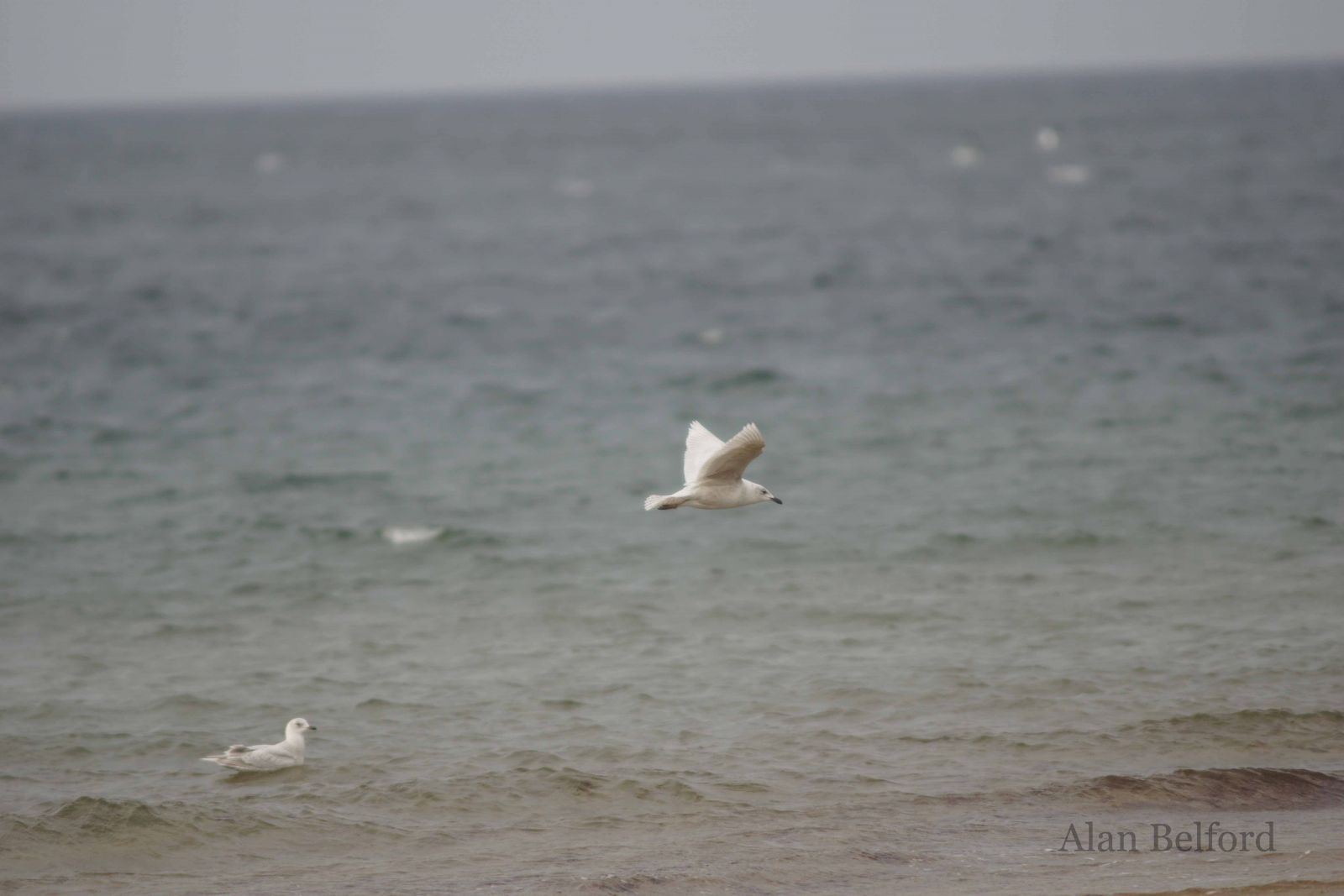
Given that gulls move around so much, they can be tricky to find reliably, and while some birds will return to a site for a spell somewhat consistently, others will only remain in the valley as they pass through to points further south and along the coast. Once again it means that birders need to get out regularly in search of them.
Raptors
Departing the lapping and icy waves of the lake itself, the Champlain Valley is wrapped in hedgerow-lined fields, all of which can be great for raptors as well as non-raptor predators such as Northern Shrikes. While many raptor species can be found during the winter, many birders are most interested in Rough-legged Hawks since they are more difficult to find in many locations further south. Perhaps the best place to find Rough-legged Hawks in the valley sits across the Crown Point Bridge in Addison County, Vermont, where the wide valley of farmland stretches for miles.
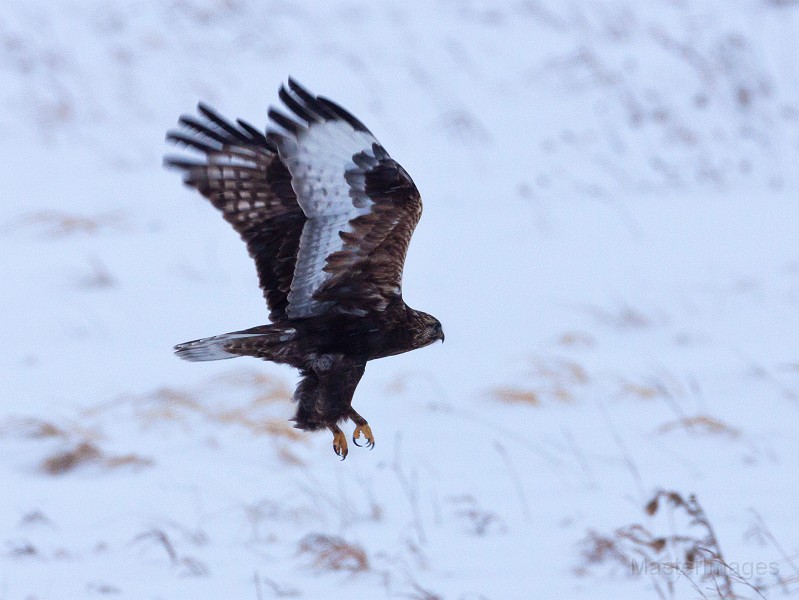
But the New York state side of the lake also boasts some excellent places to look for raptors such as Rough-legged Hawks, including Crown Point itself, the fields south of Westport along Dudley and Stevenson Roads, the Magic Triangle area, and the fields stretching north of Cumberland Head beginning on Moffit Road and heading north to Point AuRoche and Chazy, an area which briefly hosted a Gyrfalcon earlier this winter. That means raptor-watching birders may have to drive a ways on their quest, but at least they will be have access to a warm and toasty car.
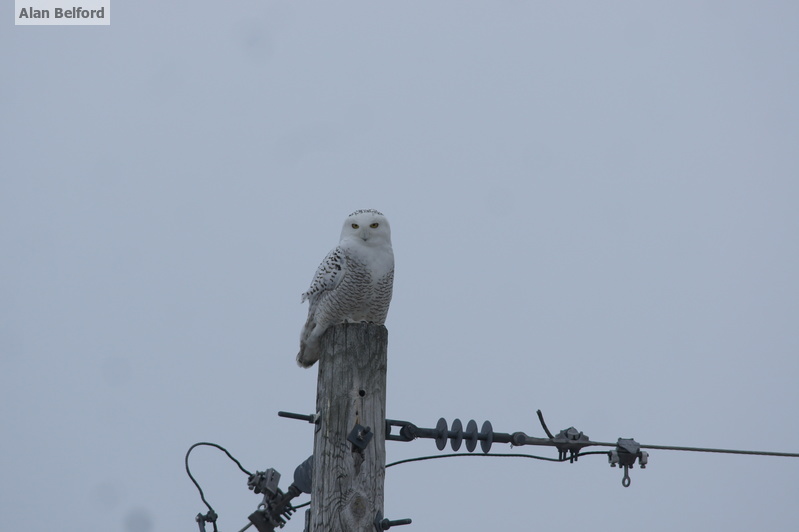
Finally, birders will also want to be alert for Snowy Owls sitting in fields, on breakwaters, on telephone poles, on barns, silos, and other rooftops as well as any other spot which looks inviting to a Snowy Owl (this can be difficult to ascertain because it is hard to interview them). While the numbers of Snowies have been on the low side this winter, they were found at the Plattsburgh Marina in December and then again at Crown Point around the New Year, and birders should consequently be watchful.
Flocks of field birds
Like many of the raptors above, these species are found in the fields and farmland which define so much of the Champlain Valley. Birders are often most interested in finding Lapland Longspurs, but to do so they usually need to first locate flocks of Snow Buntings and/or Horned Larks with which the longspurs are often found. Then it becomes a game of sifting through the buntings and larks to find the odd longspur, although I’ve found small groups of Lapland Longspurs in the valley quite a few times. The same birding hotspots for many of the raptors above are also good for finding such species, and birders should check out sites like Crown Point, the Magic Triangle, and Point AuRoche and Chazy as a result.
Pine Grosbeaks and Bohemian Waxwings
While Bohemian Waxwings are generally an annual winter bird in the Champlain Valley, Pine Grosbeaks are not, but this year has been excellent for both species forced south in search of the fruit on which they prefer to dine. Either species may be found in the hedgerows of the valley, but the best places to look are usually in towns such as Plattsburgh, Keeseville, Westport, Port Henry, and Ticonderoga where ornamental fruit trees offer up a cornucopia of goodies.
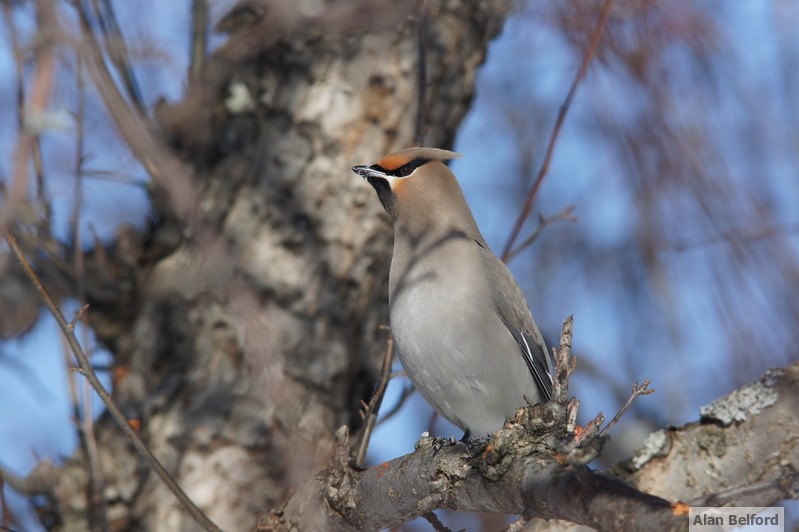
The birds will discover a set of fruit trees, descend upon them and chow down for a few or several days, often stripping the branches bare before moving on to a new site. That means birders should note potential fruit trees which may attract the birds, monitoring them for any activity, and carefully looking through nearby trees to make certain no birds are sitting inconspicuously in the branches. This can be particularly important for Pine Grosbeaks, which can remain quite still and quiet. And, since the flocks of these species tend to range so widely, it is important to constantly remain vigilant, keeping an ear open for flight calls overhead as well.
With so much to find during the cold months, it’s no wonder that winter is a great time to bird the Champlain Valley. Plan your trip today by checking out our lodging and dining pages.
This week in ADK news:


